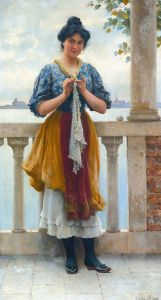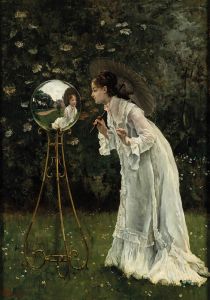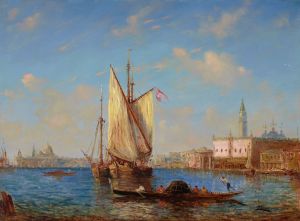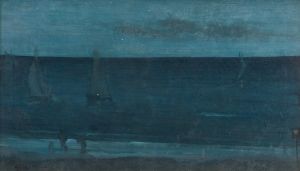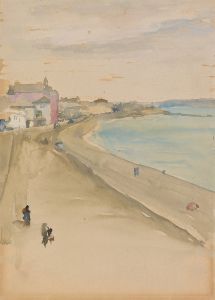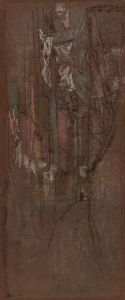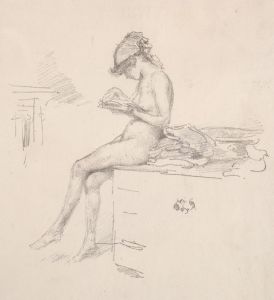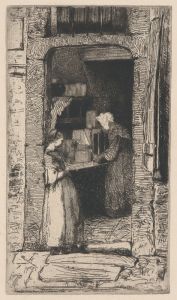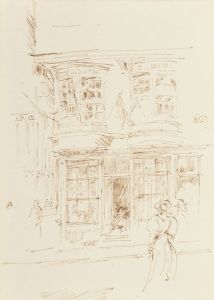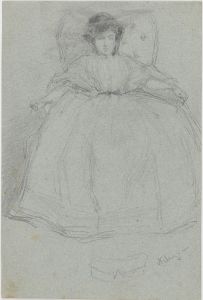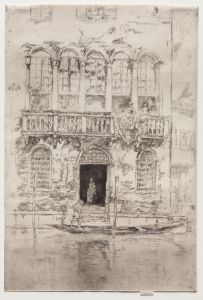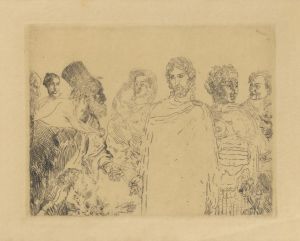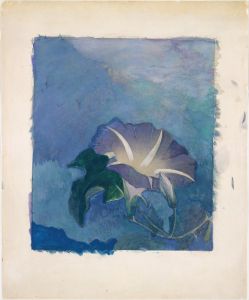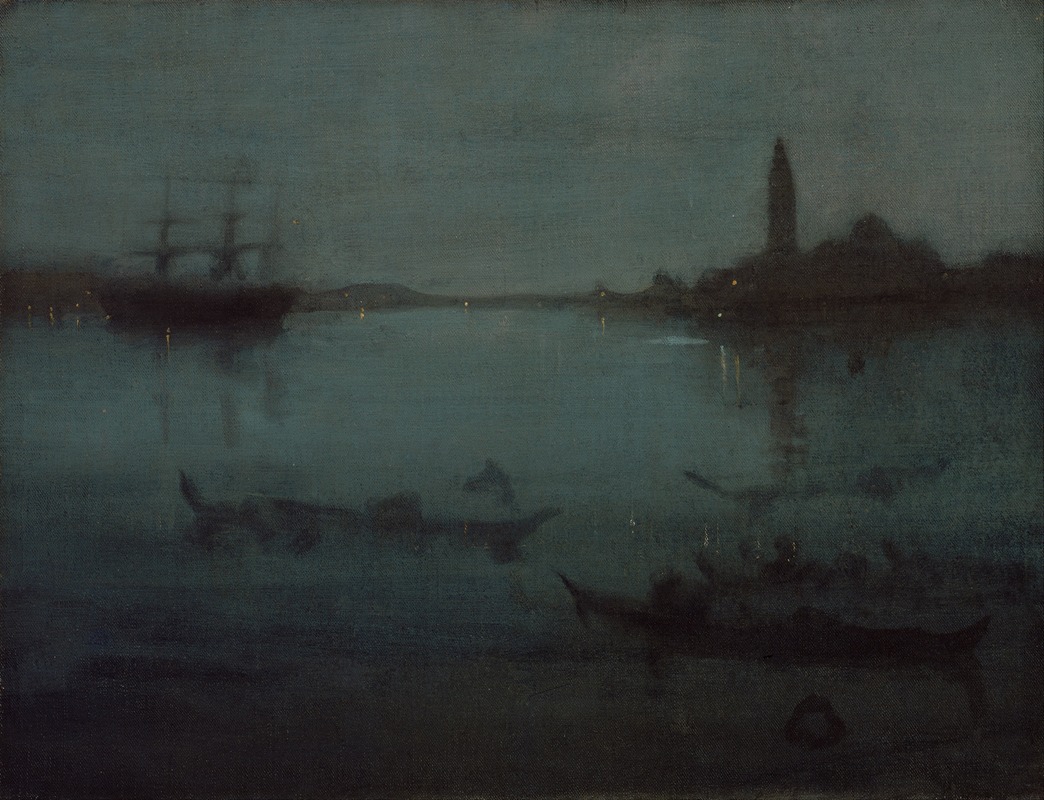
Nocturne in Blue and Silver- The Lagoon, Venice
A hand-painted replica of James Abbott McNeill Whistler’s masterpiece Nocturne in Blue and Silver- The Lagoon, Venice, meticulously crafted by professional artists to capture the true essence of the original. Each piece is created with museum-quality canvas and rare mineral pigments, carefully painted by experienced artists with delicate brushstrokes and rich, layered colors to perfectly recreate the texture of the original artwork. Unlike machine-printed reproductions, this hand-painted version brings the painting to life, infused with the artist’s emotions and skill in every stroke. Whether for personal collection or home decoration, it instantly elevates the artistic atmosphere of any space.
Nocturne in Blue and Silver: The Lagoon, Venice is a painting by the American-born artist James Abbott McNeill Whistler, created during his time in Venice. Whistler, known for his innovative approach to art and his influence on the Aesthetic Movement, painted this work as part of a series of nocturnes that capture the atmospheric effects of twilight and night.
Whistler arrived in Venice in 1879, initially planning a brief stay, but he ended up spending over a year in the city. This period was highly productive for him, resulting in numerous paintings, pastels, and etchings. Venice, with its unique light and reflective waterways, provided Whistler with the perfect setting to explore his interest in mood and color harmony, which are central themes in his nocturnes.
Nocturne in Blue and Silver: The Lagoon, Venice exemplifies Whistler's mastery of subtle tonal variations and his ability to convey a sense of tranquility and mystery. The painting depicts a view of the Venetian lagoon, rendered in a limited palette dominated by blues and silvers. This choice of color not only reflects the nocturnal theme but also emphasizes the serene and ethereal quality of the scene.
Whistler's technique in this painting involves delicate brushwork and a focus on the overall composition rather than detailed representation. This approach aligns with his belief in "art for art's sake," where the aesthetic experience is prioritized over narrative content. The painting's composition is characterized by its horizontal format, which enhances the expansive feel of the lagoon and the sky above it. The horizon line is low, allowing the sky to occupy a significant portion of the canvas, further emphasizing the atmospheric effects Whistler sought to capture.
The influence of Japanese art, particularly ukiyo-e prints, is evident in Whistler's work, including this nocturne. The simplicity of form, the emphasis on flat areas of color, and the use of space reflect the impact of Japanese aesthetics on his style. Whistler was one of the Western artists who helped popularize Japonisme, the appreciation and incorporation of Japanese art elements into Western art.
Nocturne in Blue and Silver: The Lagoon, Venice is part of a broader series of nocturnes that Whistler developed, which includes other notable works such as Nocturne in Black and Gold: The Falling Rocket. These paintings were initially met with mixed reactions, as some critics struggled to understand Whistler's departure from traditional representation. However, over time, his nocturnes have been recognized for their innovative approach and contribution to modern art.
Whistler's time in Venice and the works he produced there had a lasting impact on his career. The city not only provided him with inspiration but also helped him refine his artistic vision. The nocturnes, including Nocturne in Blue and Silver: The Lagoon, Venice, are celebrated today for their poetic quality and their role in advancing the understanding of art as an expression of mood and atmosphere rather than mere depiction.
The painting is held in various collections, and Whistler's work continues to be studied and admired for its contribution to the development of modern art. His exploration of color, form, and abstraction paved the way for future movements and artists who sought to break free from the constraints of traditional representation.





